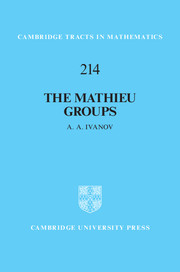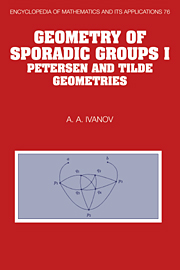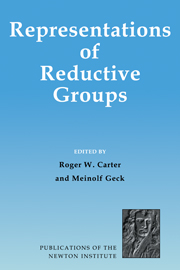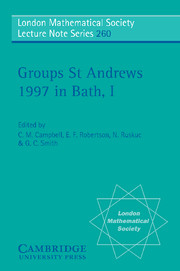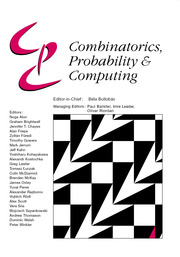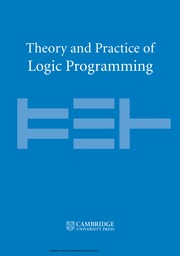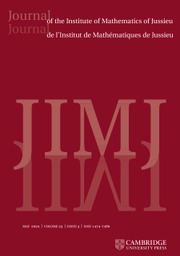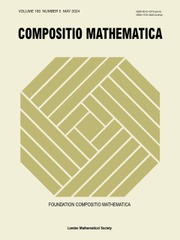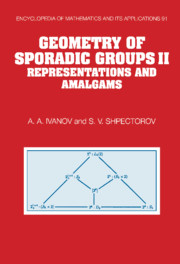The Mathieu Groups
The Mathieu groups have many fascinating and unusual characteristics and have been studied at length since their discovery. This book provides a unique, geometric perspective on these groups. The amalgam method is explained and used to construct M24, enabling readers to learn the method through its application to a familiar example. The same method is then used to construct, among others, the octad graph, the Witt design and the Golay code. This book also provides a systematic account of 'small groups', and serves as a useful reference for the Mathieu groups. The material is presented in such a way that it guides the reader smoothly and intuitively through the process, leading to a deeper understanding of the topic.
- The author's intuitive approach helps the reader to fully understand the amalgam method
- This geometric treatment will enable the reader to get to grips with the object as a whole
- Serves as a reference for postgraduate students and researchers in group theory
Product details
May 2018Adobe eBook Reader
9781108556798
0 pages
4 b/w illus. 10 tables
This ISBN is for an eBook version which is distributed on our behalf by a third party.
Table of Contents
- 1. The Mathieu group M24 as we knew it
- 2. Amalgam method
- 3. L4(2) in two incarnations and L3(4)
- 4. From L5(2) to the Mathieu amalgam
- 5. M24 as universal completion
- 6. Maximal subgroups
- 7. 45-representation of M24
- 8. The Held group
- 9. Inevitability of Mathieu groups
- 10. Locally projective graphs and amalgams
- Index.

